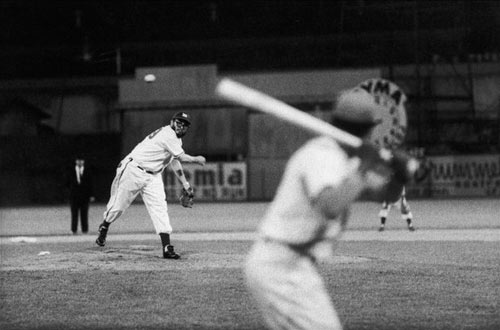How the NY Times prepared for Castro’s death
In a peek at how the media sausage is made, the NY Times has documented how the newspaper prepared for the death of Fidel Castro. For instance, they’ve had an advance obituary on hand for him since 1959, which has been revised and rewritten dozens of times before it was finally published over the weekend.
Fidel Castro’s obituary cost us more man/woman hours over the years than any piece we’ve ever run.
Every time there was a rumor of death, we’d pull the obit off the shelf, dust it off, send it back to the writer, Tony DePalma, for any necessary updates, maybe add a little more polish here and there and then send it on to be copy-edited and made ready — yet again — for publication.
Even deep into his 70s and 80s, the Cuban dictator outlived the broadsheet size of the paper and digital media formats.
One piece that didn’t make it into this weekend’s digital coverage was a four-part, 20-plus-minute-long audio slide show on Mr. Castro’s life. The audio slide show — a mostly bygone format intended to marry photos and audio in an age when slow dial-up connections couldn’t handle video — was originally produced around 2006 by Geoff McGhee, Lisa Iaboni and Eric Owles and featured narration from Anthony DePalma, who wrote The Times’s obituary.
With over 80 photos and several audio files, the slide show was managed with a custom-made program called “configurator” that lived on a single, aging Macintosh in a windowless room on the ninth floor of the Times building.
That Mac and the program it housed died 7 years before Castro did.
Update: The Miami Herald also wrote up their preparations for Castro’s death, which they called The Cuba Plan.
I have a bulging file filled with various iterations of The Cuba Plan, before we relied on a shared Google Doc.
The plan changed drastically over the decades, driven by both changes in the industry and politics on the island.
Early in our planning, the document was 60 pages long.
Fidel Castro was still healthy and in power, and we planned for a possible political revolution. We played out the most extreme scenario, espoused by many experts, of unrest in the island, and Cubans on both sides of the straits taking to the seas. We thought carefully about the multiple ways we might get reporters into Cuba, knowing that at the time the government would not permit a Miami Herald journalist on the island. One plan might even have involved renting a boat.
(via @Julisa_Marie)






Stay Connected